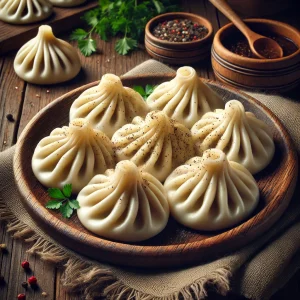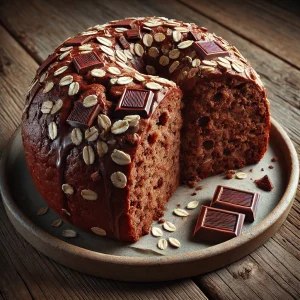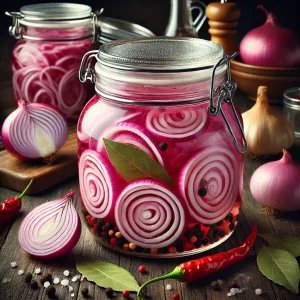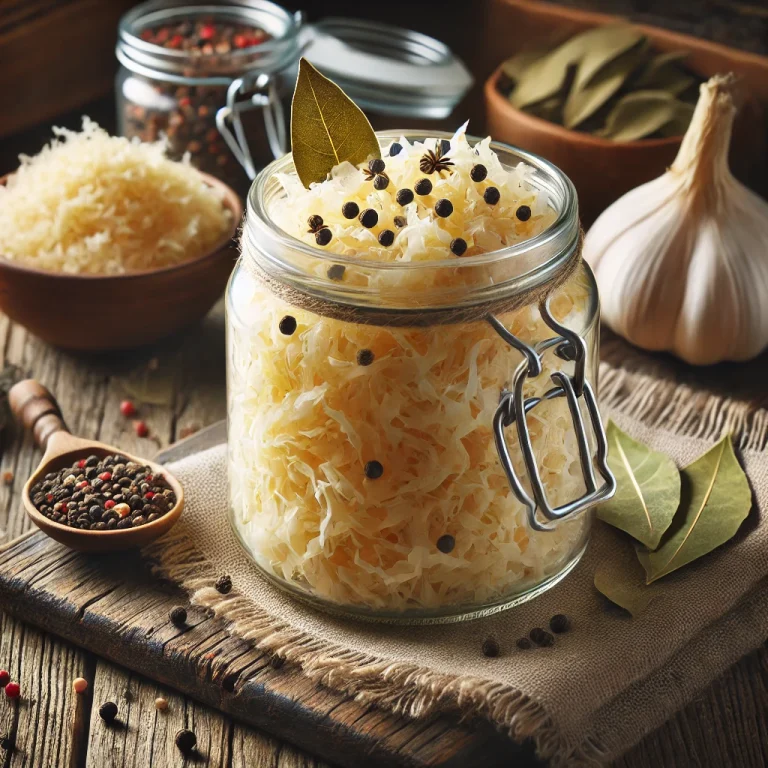
Sauerkraut
Sauerkraut, a staple of German and Eastern European cuisine, has been enjoyed for centuries due to its long shelf life and health benefits. Fermentation not only enhances the flavor but also introduces beneficial probiotics that support digestion and gut health. The process of making sauerkraut is simple yet requires patience, as the natural bacteria work to develop the distinct tangy taste. Traditionally served with sausages, roasted meats, or as a standalone probiotic-rich side dish, homemade sauerkraut allows for customization with additional spices and herbs. A pro tip: For extra crunch, choose firm, fresh cabbage and ensure that the salt concentration is just right for the best fermentation results!
Hozzávalók
 Bev√°s√°rl√≥ lista (0) ▼
Bev√°s√°rl√≥ lista (0) ▼
Elkészítési Lépések
1
Thoroughly wash the white cabbage, remove the outer leaves, and cut it into thin strips using a sharp knife or a mandoline slicer.
2
Place the shredded cabbage in a large bowl, sprinkle the salt over it, and massage it thoroughly until it starts to release liquid.
3
Add the caraway seeds, bay leaves, and black peppercorns, then mix well to evenly distribute the flavors.
4
Pack the cabbage tightly into a clean fermentation jar or crock, pressing it down to remove air pockets and ensure it is submerged in its own liquid.
5
Pour the water over the cabbage to ensure it remains submerged. If necessary, place a fermentation weight on top to keep the cabbage below the liquid level.
6
Cover the jar with a clean cloth or lid and store it in a warm place away from direct sunlight. Allow it to ferment for 7-14 days, checking daily to ensure the cabbage remains submerged.
7
Once the sauerkraut reaches your desired level of tanginess, remove any surface residue, seal the jar, and store it in the refrigerator for long-term preservation.

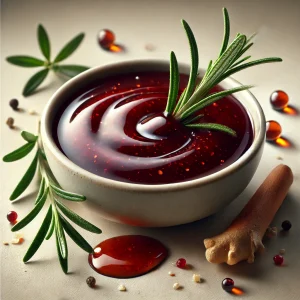




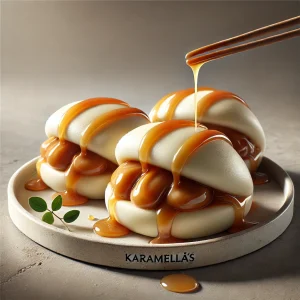






 Bevásárló lista (
Bev√°s√°rl√≥ lista (


